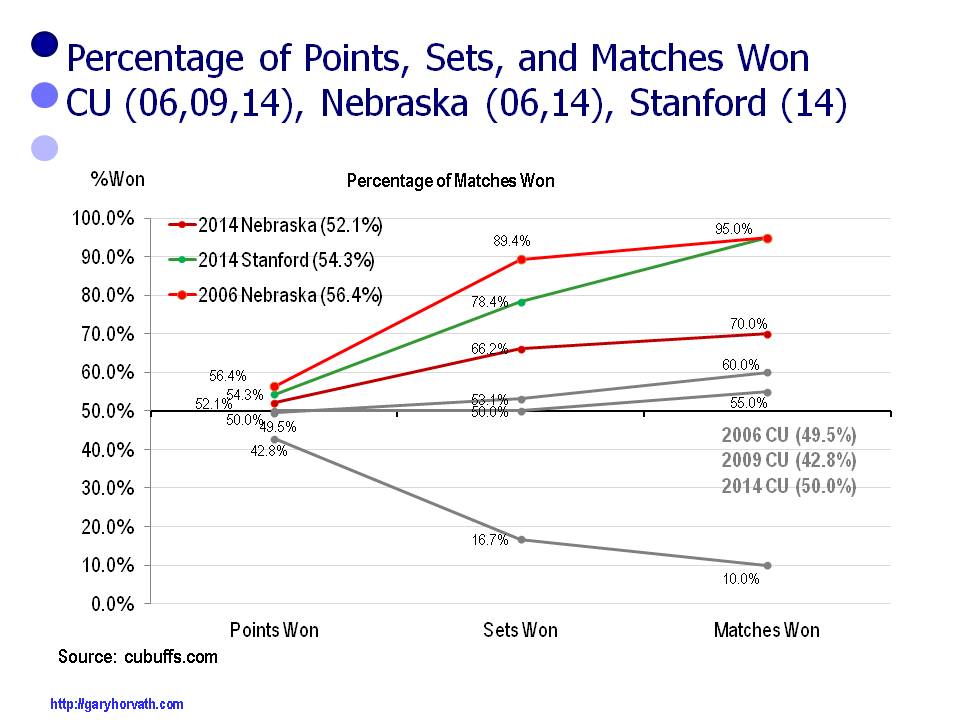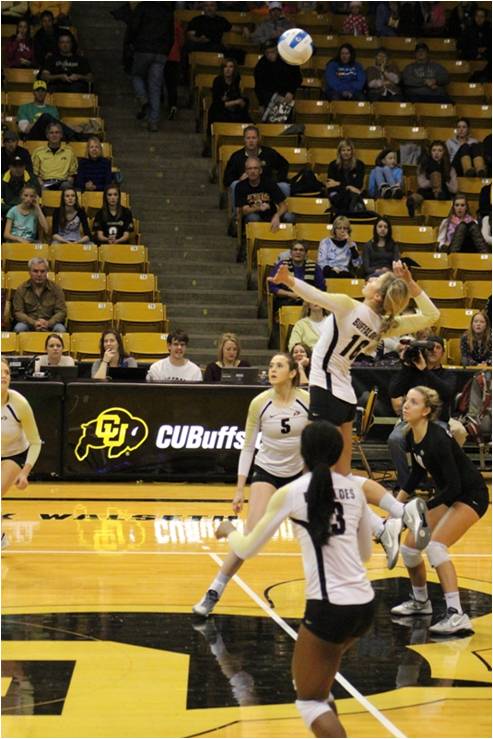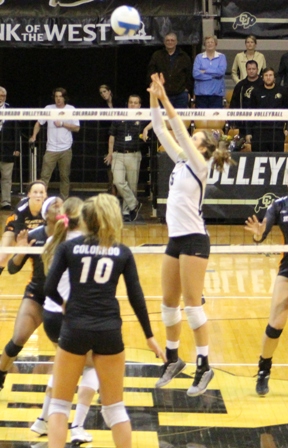The primary goal of Division I football teams is to win and make money; however, the hard cold facts are that half the teams that play every Saturday are losers.
Over the past decade the abysmal win-loss record of the CU Buffs football team has given fans a reason to find other things to do on Saturday afternoons than support the black and gold.
The problems began a decade ago.
The Buffs finished the 2004 and 2005 seasons with 7-5 records. That is outstanding by today’s standards.
In 2004 they were 4-4 in the Big 12 and in 2005 they were 5-3. Oklahoma beat them 42-3 in the 2004 Big 12 Championships and Texas thumped them 70-3 the following year.
Many viewed these drubbings in the championships as a sign that CU was not capable of participating in the D1 football race to see which program could spend the most money.
The CU administration viewed the losses differently. They used them as justification for hiring a new coach.
In retrospect, those days of getting slaughtered in the Big 12 championships were the good old days. The Buffs football team has not had a winning season since 2005.
In 2011, dollar signs flashed in front of the CU administrators and CU jumped from the Big 12 to the PAC-12 conference. Unfortunately the Buffs found out the PAC-12 also had teams that knew how to play football.
Since 2011, the Buffs have had four conference wins – two on the road and two at home. Details follow:
| Year |
Conference Record |
Comments |
|---|
| 2011 |
2-7 conference record |
Home win over Arizona and a road win against Utah. |
| 2012 |
1-8 conference record |
Road win over Washington State. |
| 2013 |
1-8 conference record |
Home win over California. |
| 2014 |
0-9 conference record |
Ugh! |
Unfortunately, the Buffs conference home attendance has paralleled the number of wins on the field.
2011
The Buffs were 1-4 at home in conference play.
• 9/10 49,532 California
• 10/1 51,928 Washington State
• 10/22 52,123 Oregon
• 11/4 50,083 Southern California
• 11/22 48,111 Arizona.
Average conference home attendance 50,355.
2012
The Buffs were 0-5 at home in conference play.
• 9/29 46,893 UCLA
• 10/11 45,161 Arizona State
• 10/27 44,138 Stanford
• 11/17 43,148 Washington
• 11/23 46,052 Utah.
Average conference home attendance 45,078.
2013
The Buffs were 1-3 at home in conference play.
• 10/5 45,944 Oregon
• 10/26 38,679 Arizona
• 11/16 38,252 California
• 11/23 36,005 Southern California.
Average conference home attendance 39,720.
2014
The Buffs were 0-5 at home in conference play.
• 9/13 38,547 Arizona State
• 10/04 36,415 Oregon State
• 10/24 37,442 UCLA
• 11/1 35,633 Washington
• 11/29 39,155 Utah
Fewer than 40,000 people attended every home game and average conference home attendance was 37,438.
Given these numbers, it’s a tough time to be the football coach or athletic director at the University of Colorado. Buff fans can only hope for a turn-around in 2015.






